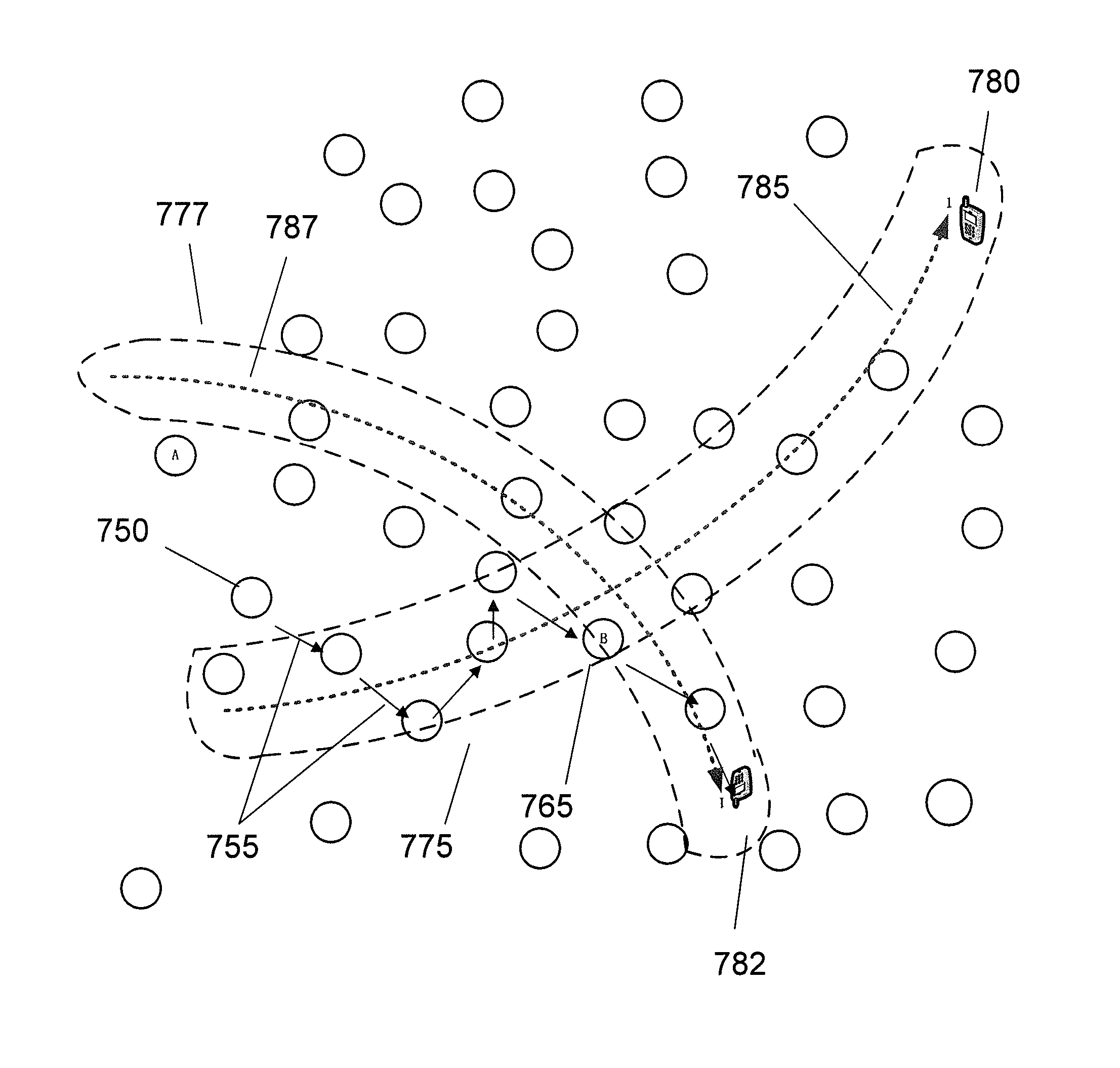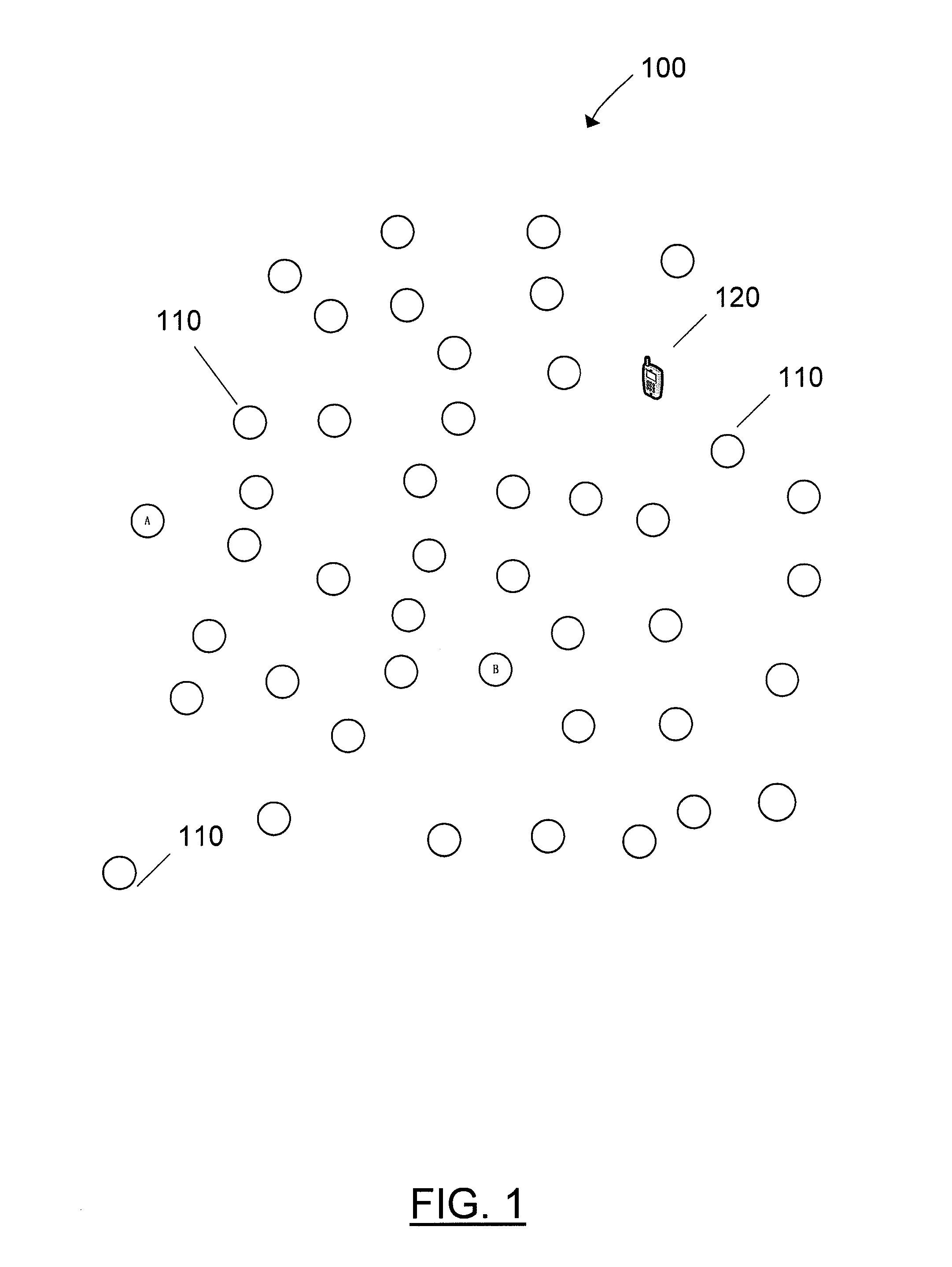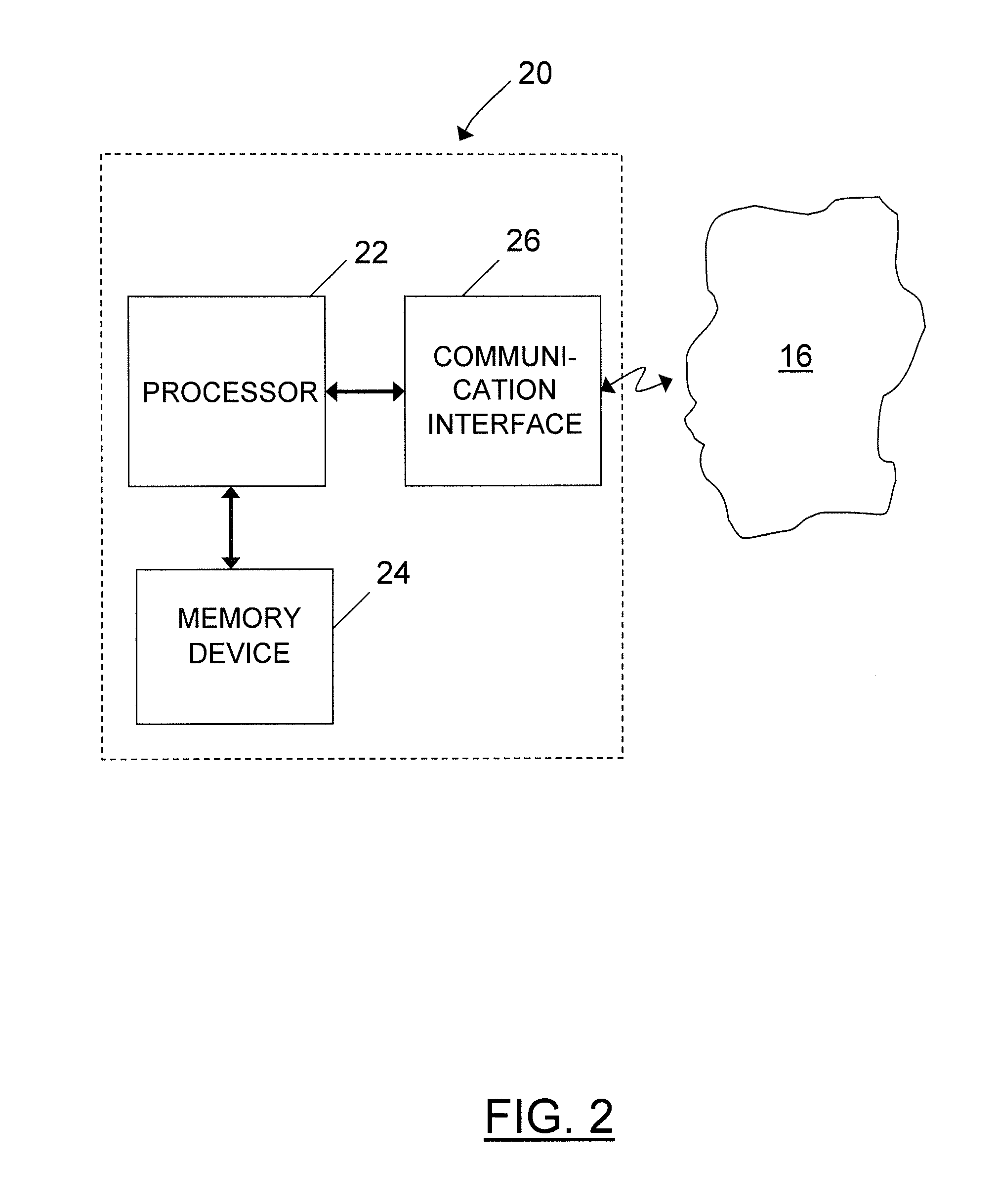Trail-Based Data Gathering Mechanism for Wireless Sensor Networks with Mobile Sinks
a wireless sensor and mobile sink technology, applied in the field of communication, can solve the problems of high protocol overhead, difficult effective routing of low-level mwsn, hotspot of wireless sensor networks, etc., and achieve the effect of low protocol overhead
- Summary
- Abstract
- Description
- Claims
- Application Information
AI Technical Summary
Benefits of technology
Problems solved by technology
Method used
Image
Examples
Embodiment Construction
[0037]Example embodiments of the present invention will now be described more fully hereinafter with reference to the accompanying drawings, in which some, but not all embodiments of the invention are shown. Indeed, the invention may be embodied in many different forms and should not be construed as limited to the embodiments set forth herein; rather, these embodiments are provided so that this disclosure will satisfy applicable legal requirements. Like reference numerals refer to like elements throughout. The terms “data,”“content,”“information,” and similar terms may be used interchangeably, according to some example embodiments of the present invention, to refer to data capable of being transmitted, received, operated on, and / or stored.
[0038]As used herein, the term ‘circuitry’ refers to all of the following: (a) hardware-only circuit implementations (such as implementations in only analog and / or digital circuitry); (b) to combinations of circuits and software (and / or firmware), ...
PUM
 Login to View More
Login to View More Abstract
Description
Claims
Application Information
 Login to View More
Login to View More - R&D
- Intellectual Property
- Life Sciences
- Materials
- Tech Scout
- Unparalleled Data Quality
- Higher Quality Content
- 60% Fewer Hallucinations
Browse by: Latest US Patents, China's latest patents, Technical Efficacy Thesaurus, Application Domain, Technology Topic, Popular Technical Reports.
© 2025 PatSnap. All rights reserved.Legal|Privacy policy|Modern Slavery Act Transparency Statement|Sitemap|About US| Contact US: help@patsnap.com



